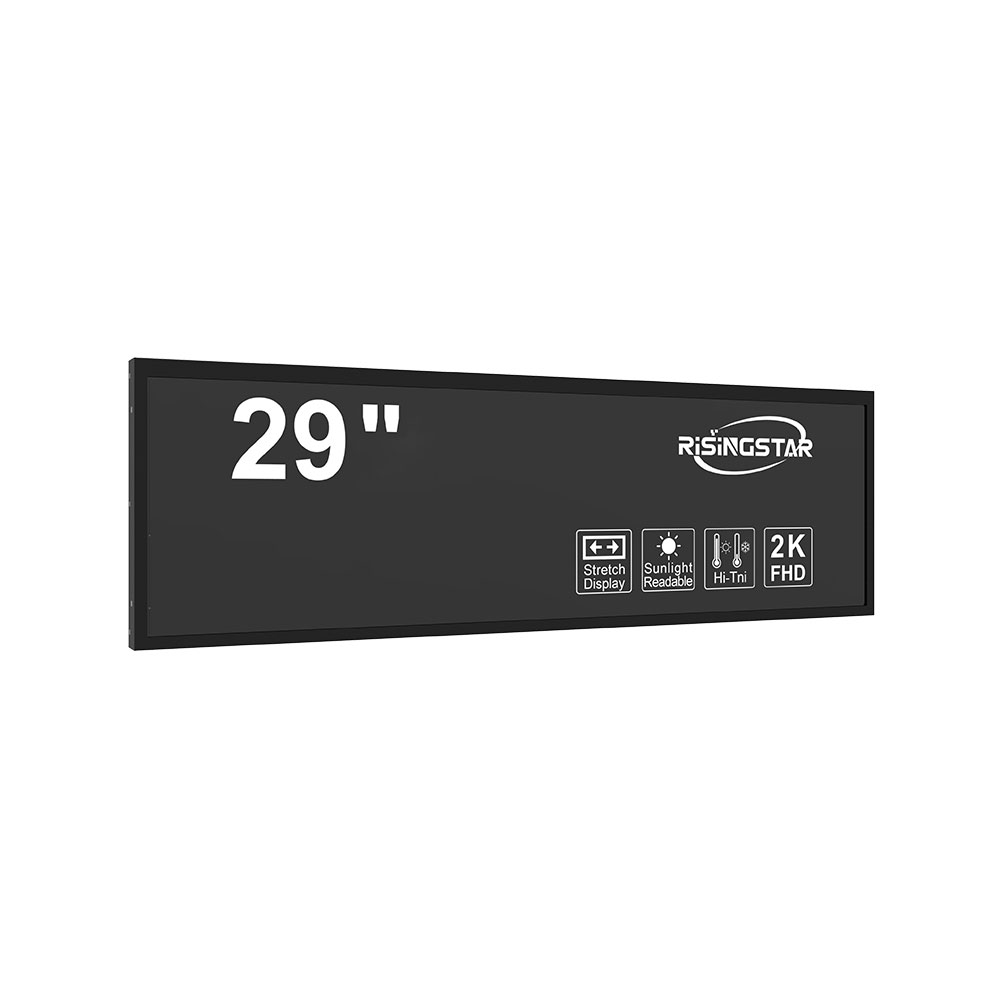- Home
- About Us
- Products
- News
- Video
- Contact
- Send Inquiry
Search
- Home
- About Us
- Products
- News
- Video
- Contact
- Send Inquiry

When selecting an outdoor LCD display for industrial applications—such as manufacturing facilities, construction sites, or transportation hubs—engineers and procurement managers must prioritize durability, visibility, and performance under extreme environmental conditions. Unlike indoor displays, outdoor LCDs are exposed to sunlight, temperature fluctuations, humidity, and physical impacts. According to the IEC 60068-2 standards for environmental testing, industrial-grade outdoor displays must withstand operating temperatures from -30°C to +70°C and resist ingress of dust and water (IP65 minimum).
A key factor in choosing the right outdoor LCD is brightness. For optimal readability in direct sunlight, manufacturers typically recommend a minimum of 5,000 nits peak brightness, with 7,000–10,000 nits being ideal for harsh environments such as mining or port operations. High-brightness LEDs and advanced anti-glare coatings help maintain clarity even under intense solar radiation. Additionally, use of IPS (In-Plane Switching) panels ensures wide viewing angles (up to 178°), critical for multi-user interfaces on factory floors or vehicle dashboards.

Another essential consideration is ruggedization. The display housing should be made of aluminum or stainless steel to resist corrosion and impact damage. Some leading manufacturers integrate thermal management systems—including passive cooling fins and active fan control—to prevent overheating in hot climates. For example, a case study by LG Electronics on a logistics terminal in Dubai showed that their IP65-rated outdoor displays maintained stable operation at 48°C ambient temperatures over 12 months without maintenance.
Power efficiency matters too—especially for remote or solar-powered installations. Displays with adaptive brightness control (ABC) reduce power consumption by up to 30% while preserving image quality. When integrating into existing industrial IoT systems, compatibility with HDMI, VGA, or Ethernet-based control protocols (like ONVIF or Modbus) ensures seamless deployment.
Finally, certification is crucial. Look for CE, FCC, and RoHS compliance to ensure safety and legal compliance in EU, North America, and Asia markets. In summary, a well-chosen outdoor LCD for industrial use combines high brightness, robust enclosure, thermal resilience, and smart features—ensuring uptime, safety, and operational efficiency across global deployments.